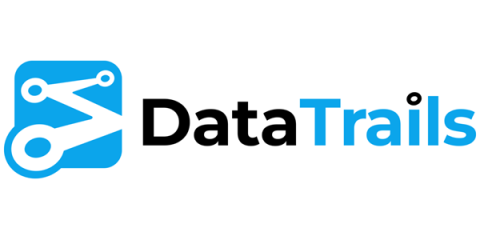Information vs. Operational Technology: IT vs. OT Explained
Since the rise of the Internet, organizations and individuals have increasingly sought ways to keep their information secure and private. IT has witnessed a changing cyber threat landscape, and businesses have relied more and more on the Internet and data to function. However, the attack landscape widened in the 2010s. With widespread computer worms like Stuxnet in 2010, cybercriminals have gained critical access to organizations through operational technology.










